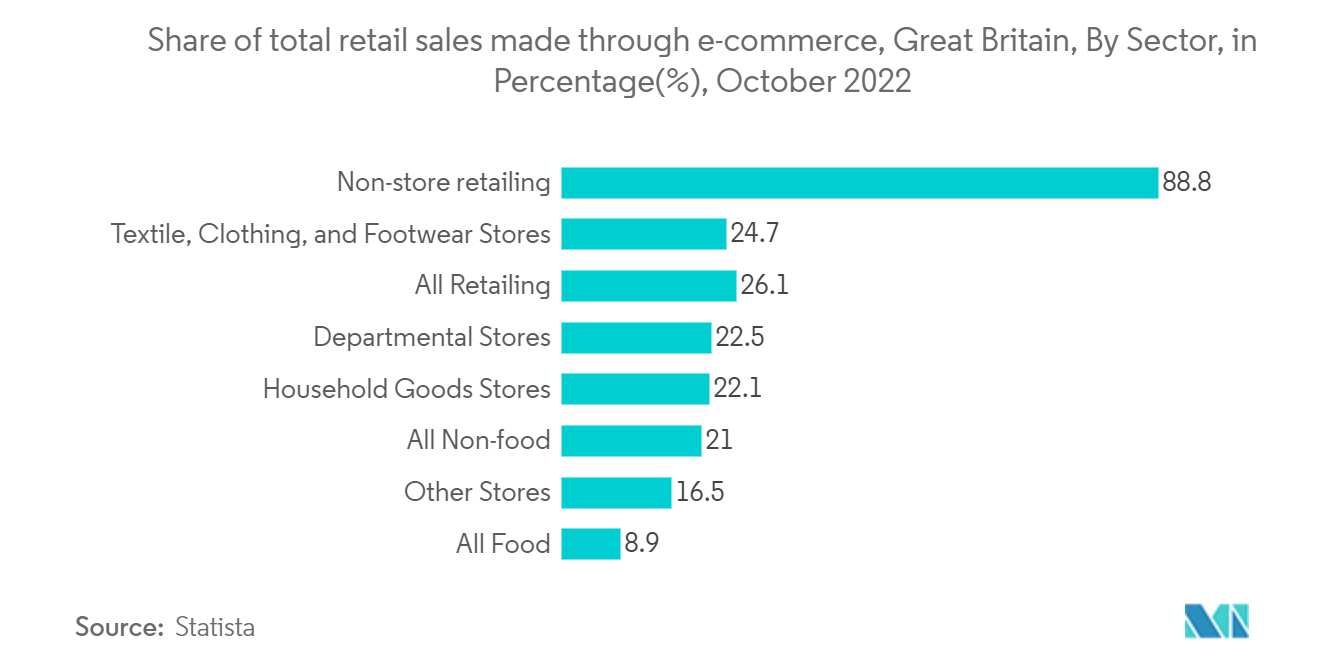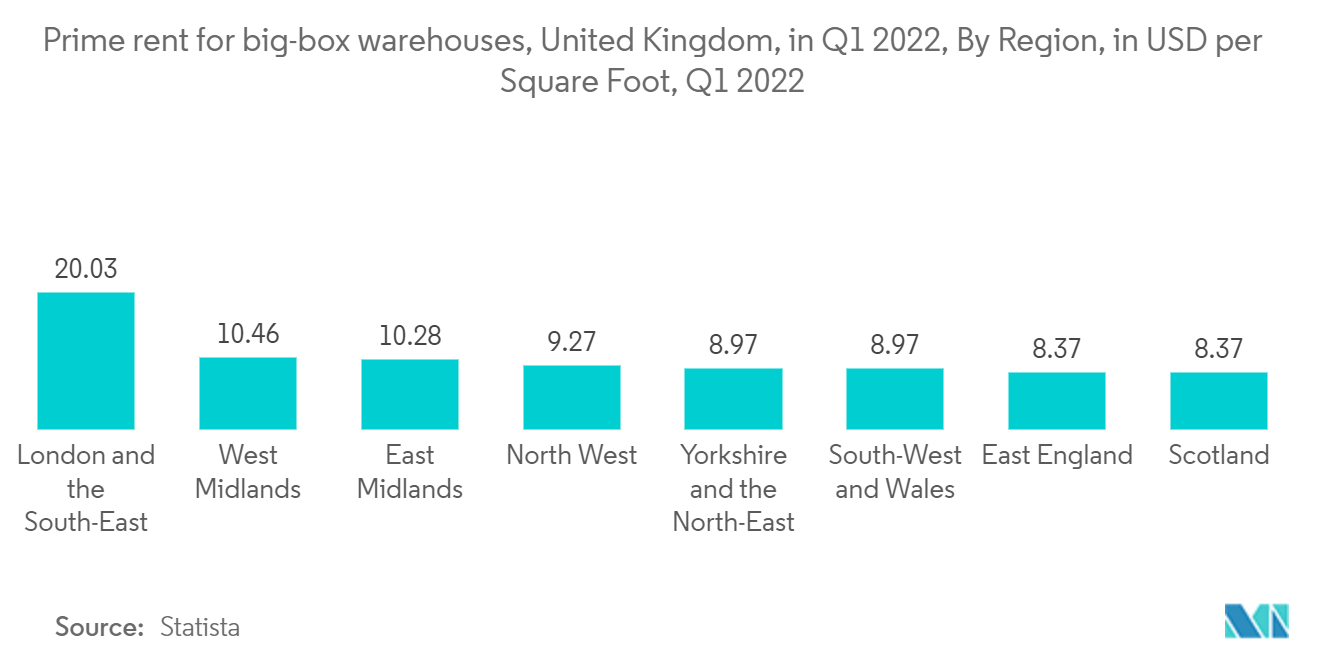Market Trends of Global 3PL Industry
This section covers the major market trends shaping the 3PL Market according to our research experts:
Growth in E-commerce Sales Driving the Market
On the fulfillment front, all shippers have a set of performance metrics or key performance indicators (KPIs) to work toward. In today's fast-paced fulfillment environment, meeting these targets can be difficult, especially if fulfillment is not a core competency for the shipper. Knowing this, the third-party logistics (3PL) industry has stepped up its game, offering a broader portfolio of services to a broader range of customers. Once the domain of extremely high-volume operations, even small businesses selling clothing online recognize the value of outsourcing some or all of their fulfillment operations to a reputable third party. The e-commerce boom has prompted more businesses to investigate 3PL options.
E-commerce shippers are increasingly turning to 3PL providers to help them meet changing customer expectations and deal with supply chain disruption, labor constraints, transportation issues, inflation, and other challenges that have become the "new normal" in today's operating environment. As a result, 3PLs are offering shippers strategic locations, more space to accommodate higher inventory volumes, and a wider range of delivery options. As the volume of returns has increased in the last year, e-commerce shippers want to work with 3PLs that can help customers with the returns process. Omni-channel logistics services are also in high demand, with automation serving as a critical component of e-commerce fulfillment processes.
The larger 3PLs have multiple e-commerce operations, such as Geodis, DHL, Ryder, and JD Logistics (in Asia), to name a few of the larger players. Smaller providers have followed suit and now offer e-commerce fulfillment as well. In most cases, these 3PLs have e-commerce fulfillment operations separate from their traditional business-to-business (B2B) warehousing operations. More 3PLs will be needed in the future to add value in the last mile of the supply chain, where getting large and bulky items from the final point of distribution to the customer's location remains a major challenge. Getting furniture, fitness equipment, and other large items to customers' doors requires extra planning, especially if they require quick delivery.

Investment in Advanced Technology Could Reduce Cost of End-to-end Logistics Globally
In a competitive and growing market, the last two years, 2020-22, have taught us that we must be both flexible and agile. In 2021, unprecedented growth in online retail was expected, particularly in direct-to-consumer services. The provision of omnichannel services, in which customers enjoy a unified shopping experience regardless of channel, is a major focus. This could be done in-store, online, on mobile, or through social media. Customers now expect a more seamless experience, lower prices, faster shipping, and a greater emphasis on sustainability. One of the most difficult challenges has been the extraordinary demand in the grocery and apparel segments, where one-day deliveries or less are becoming the norm. There was a global shortage of transport capacity and a limited supply of delivery drivers in 2021.
Quick commerce is being adopted by industries such as grocery, pharmaceuticals, and e-commerce. Companies and brands are replacing traditional business models and distribution channels with digital platforms to improve their delivery services by leveraging available technological advancements. This market is typically distinguished by delivery times of less than 20 minutes. The order size, value, and weight are typically small(er) and easily transported via two-wheelers, drones, or small vehicles. The 3PL, on the other hand, has already grown to become an important stakeholder in the supply chain network. With the growing demand for resource-backed fulfillment services, such as improved delivery management software, acute logistics optimization, and increased use of smaller warehouses in urban areas, reliance on 3PLs will only increase.
With delivery volumes increasing all over the world, particularly due to the rapid growth of eCommerce, supply firms are looking for innovative, cost-effective, and efficient approaches to last-mile delivery. This has resulted in investments and trials of cutting-edge technology such as driverless cars, delivery bots, and drones. Aurora (self-driving technology) from Amazon is a prime example.

